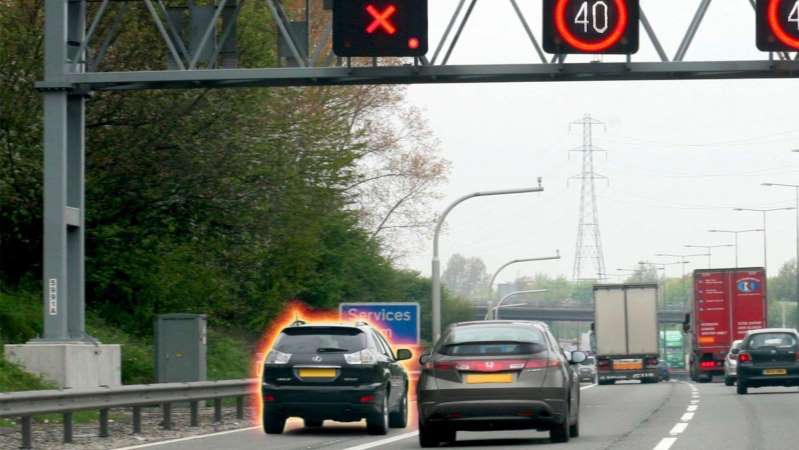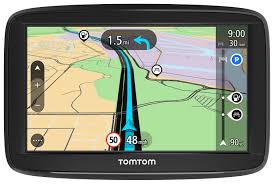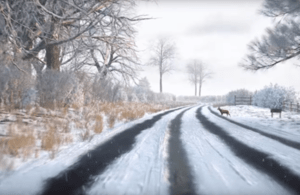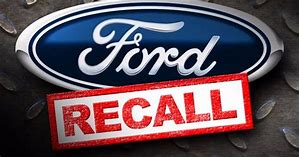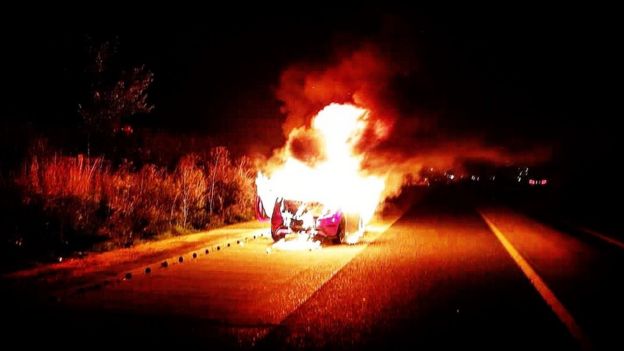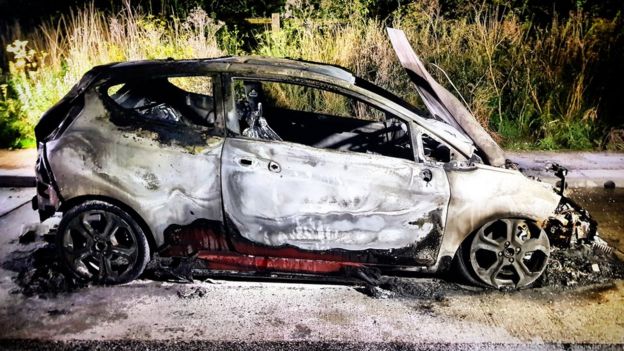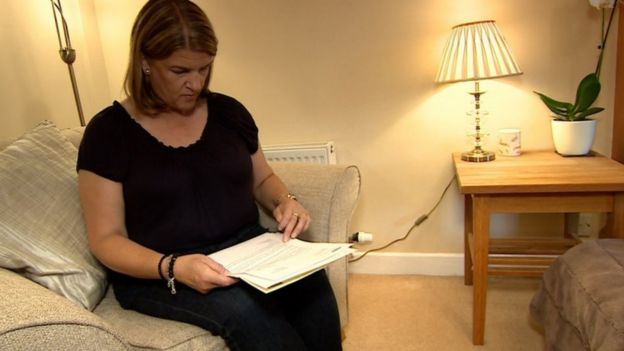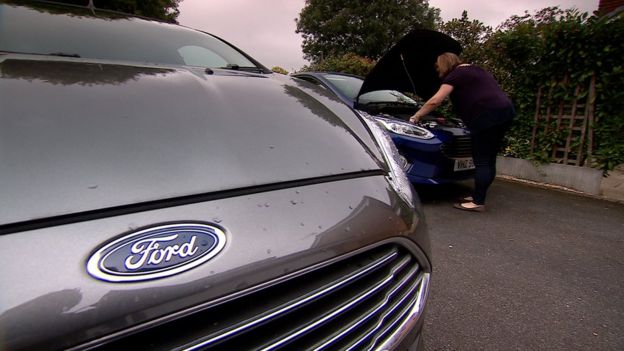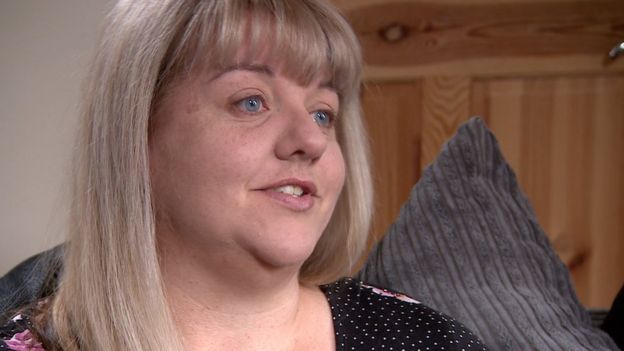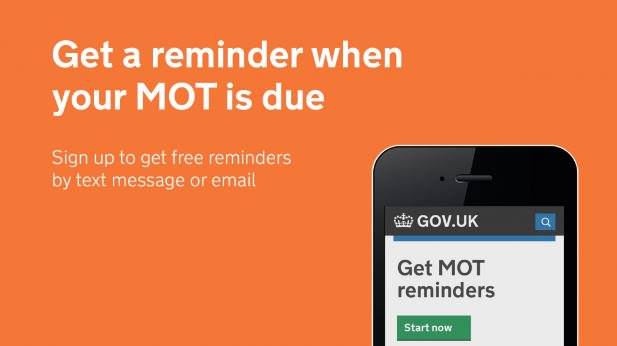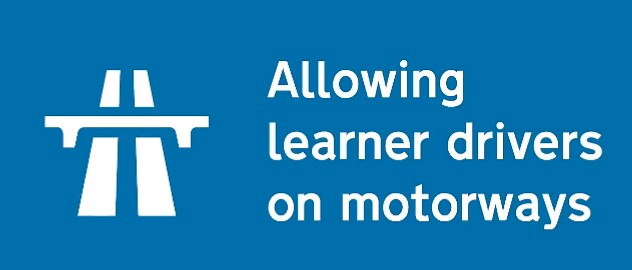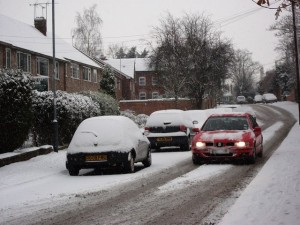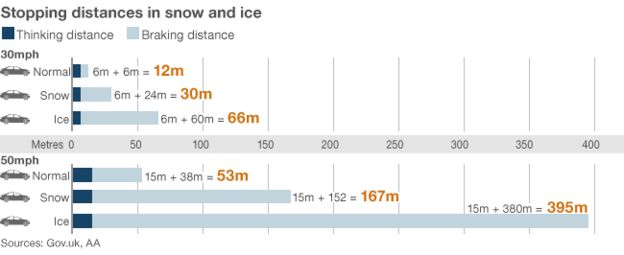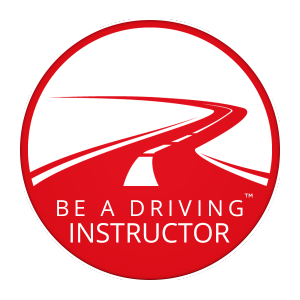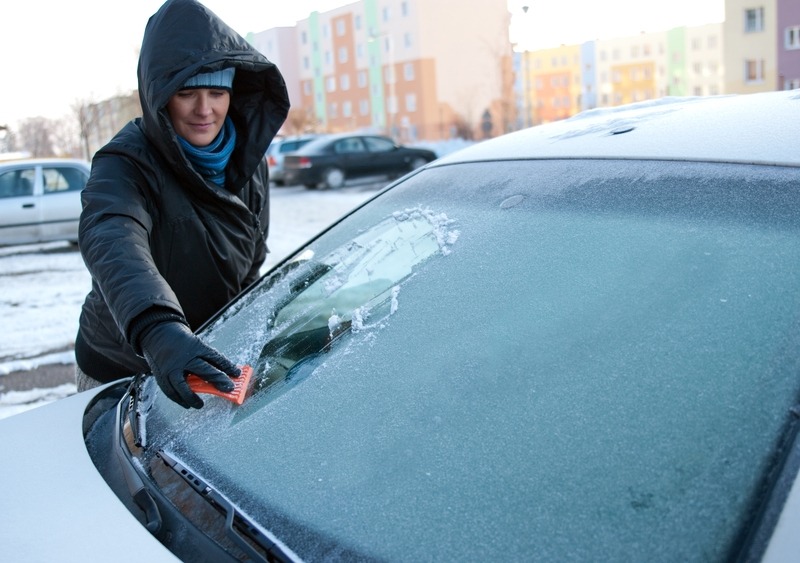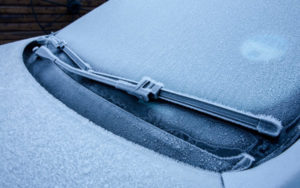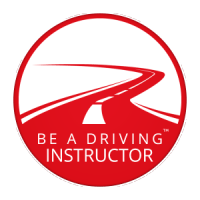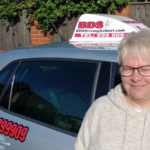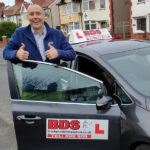Can I drive abroad after Brexit?
There are a lot of questions about the after effects of Brexit.
Here is the most recent government advice about driving abroad.
Driving abroad on holiday
The rules for driving, passports, EHIC cards, pet travel and more may change from 1 January 2021. Act now so you can travel as planned.
You need to take your Great Britain or Northern Ireland driving licence with you to drive abroad. Check yours is still valid and renew your driving licence online if it’s expired or about to expire. You’ll need to apply to renew your licence at least a week before you travel.
If you’re taking your own vehicle, you also need to take your log book (V5C) and your insurance certificate.
If you’re taking a vehicle abroad that you’ve hired or leased in the UK, you’ll need a VE103 certificate.
Check if you need an international driving permit (IDP)
If you’re driving outside the EU, you might need an international driving permit (IDP). Check if you need an IDP.
You can get IDPs over the counter at the Post Office. You might need one for each country you’re visiting.
Do not apply for an IDP if you’re moving abroad. You’ll need to either exchange your UK licence or apply for a new one in the country you’re moving to.
Check the overseas driving rules
Make sure you follow overseas driving rules, including local speed limits and drink driving laws. You may be breaking the law and get a fine if you do not.
Depending on the country you’re visiting you may need:
- extra equipment – for example, you need a reflective jacket and a warning triangle in many countries
- emission stickers (permits) in some European cities – you may need to buy these weeks before you go abroad
- headlight converter stickers
- a GB sticker
If you’re hiring a car, it’s your responsibility to check you have the equipment you need.
Check the rules in European countries on the AA website.
Check the travel advice for countries outside Europe.
Check your insurance if you’re taking your own vehicle
Within the EU, your UK vehicle insurance gives you a minimum of third party cover to drive your vehicle in the EU. Check with your insurer if your policy covers extra things like theft or damage.
Outside the EU, you may need additional insurance and a ‘green card’ to show you’re covered. Check the travel advice for countries outside the EU.
Towing your trailer or caravan abroad
Check if you need to register your trailer before you can take it abroad.
Outside the EU, you may need additional insurance and a ‘green card’ for each trailer or caravan you tow. Check with your insurance provider before you travel.
Hiring a car abroad
Your hire company may ask to see your driving licence information when you pick up the car. You can share this by getting a licence ‘check code’. You can do this up to 21 days before your trip.
If you’re hiring a car, insurance is included. Check what you’re covered for with the hire company.
Here is the link to the government page for full details


